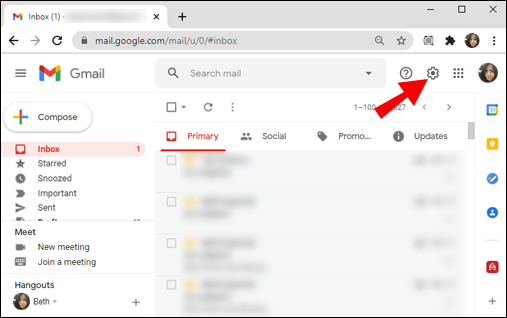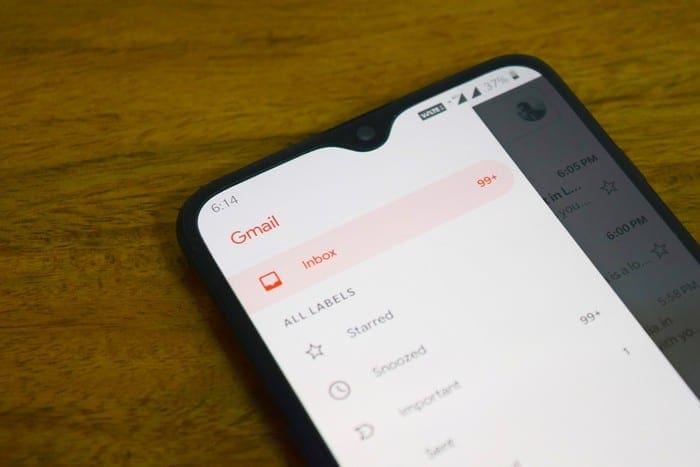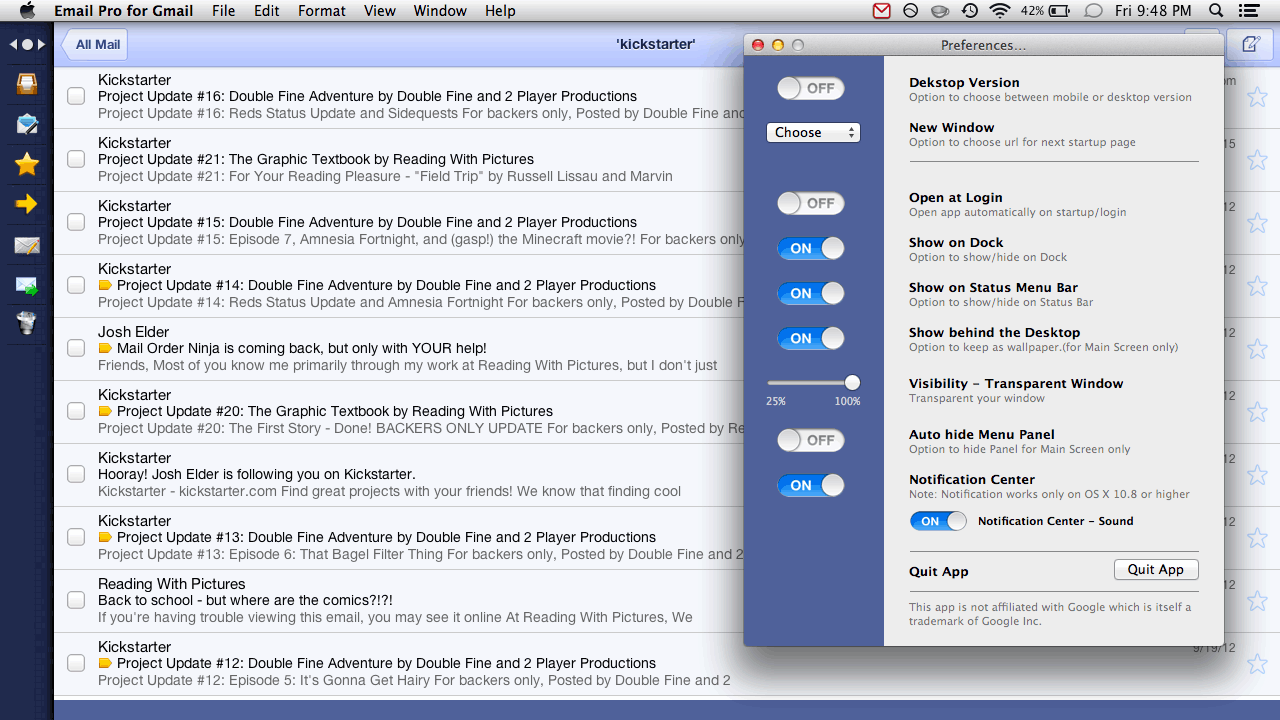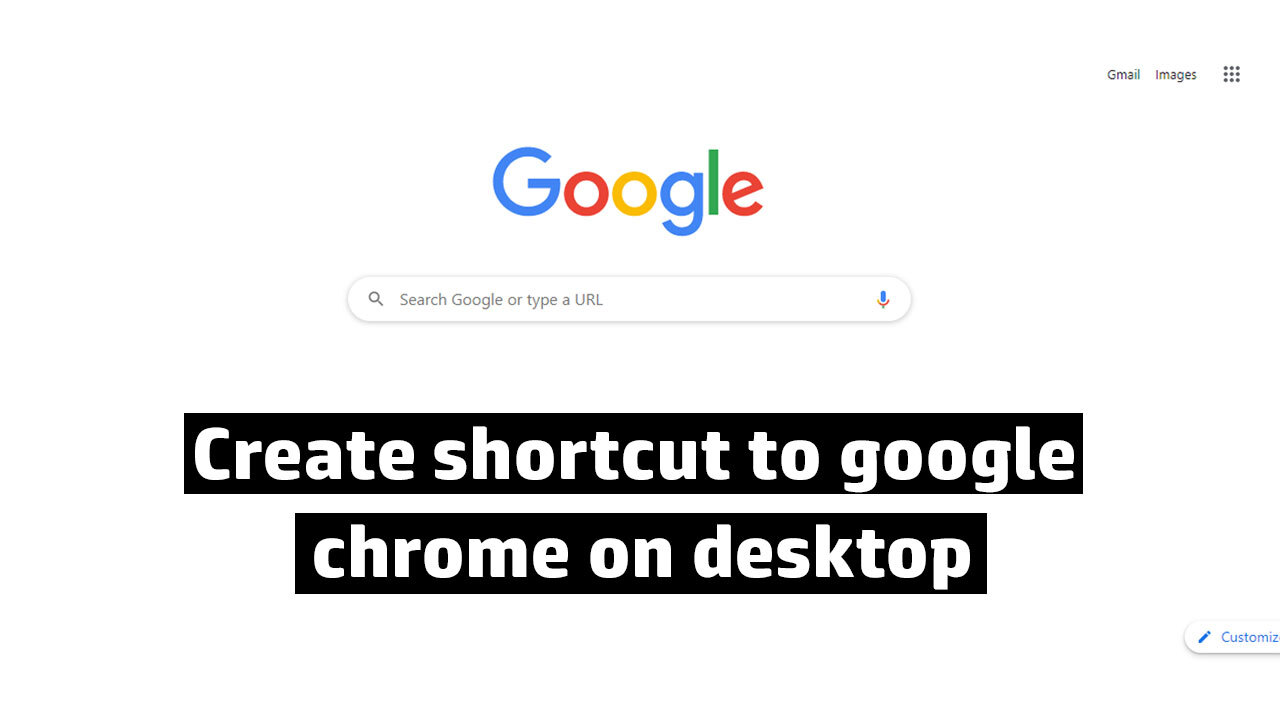
- #HOW TO CREATE A SHORTCUT ON DESKTOP FOR GMAIL HOW TO#
- #HOW TO CREATE A SHORTCUT ON DESKTOP FOR GMAIL SOFTWARE#
- #HOW TO CREATE A SHORTCUT ON DESKTOP FOR GMAIL WINDOWS#
If not, i again suggest asking of who you need to send info to. What was said about 'shortcut' and it is more as i recall This is where i would need to have an ms install, or access to one.Īs i have mentioned, iirc, there is/was another directory with informationĪfter reading your supplied url for 'symbolic link' i decided to see If shortcut is a true link, then therein lies a problem. > as notepad, but it doesn't seem possible to do it in a hex editor, as > It is most certainly possible to "open" a shortcut in a text editor such Search NeverShowExt in the registry to see all that are still hidden.)
#HOW TO CREATE A SHORTCUT ON DESKTOP FOR GMAIL WINDOWS#
Unchecked, Windows still hides extensions from us. (*Even with the suicidal default "Hide extensions of known file types" Getting useful information out of a W7 box is beyond my expertise. Windows has done a grand job of obscuring all this for the user so In the old days, Properties showed the path and would 'Find' the target. Opening it with a text editor would reveal this. > someone (however daft that might sound) if it is needed to resolve aĪ shortcut is simply a file.lnk* with a/path/to/somefile.exe in it.

> But it still hasn't answered the point of how you can sent a shortcut to > that is different from what I tried - isn't copy and paste effectively I've just tried it and everything is works well.

> to expand, and dropping it where I wanted in the list was what was > Simply dragging it over the start button, waiting for the programs menu > get the shortcut there (copy and paste into "Programs") was not correct. > I got back to the developer who informed me that the way I had tried to It is most certainly possible to "open" a shortcut in a text editor suchĪs notepad, but it doesn't seem possible to do it in a hex editor, as Treat them as references to other files." That understand shortcuts (such as the Windows shell and file browsers)
#HOW TO CREATE A SHORTCUT ON DESKTOP FOR GMAIL SOFTWARE#
Software programs that are not aware of them. * Shortcuts are treated like ordinary files by the file system and by Instead, whether the program is aware of symbolic links or not. Software program, upon accessing a symbolic link, will see the target * Symbolic links are automatically resolved by the file system. One difference is what type of software is able to Operating systems, may resemble symbolic links but differ in a number of "Shortcuts, which are supported by the graphical file browsers of some This isįrom the Wikipedia article on symbolic links It appears that the shortcut "files" behave very specifically. I was very suspicious when I saw the savedįile was the same size as the *.exe file the shortcut pointed to! I downloaded a hex editor, "opened" the shortcut in it, and without anyĬhange saved the open file. > file/s to and ask them what you need to do to send them the file/s. > or, which may be best solution, write back to who you are going to send > what ms is now doing and can give you instructions of what to do. > possibly, there will be another reader of your post who is knowledged of > therefore, copy file to another file with a different extent name, such as > you can open file in a hex editor and scroll thru file and see the pointers.

> have any ms systems installed or available to check. > it is too long from last time i 'played' with ms file system and i do not > also, iirc, there is another directory with more info related to shortcut. > drastically in win7, hex file has pointers. > your mention of hex file kicked my recall. Right click in directory, select create file, paste buffer. Next have recipient open a file browser and open their desktop directory, Instruct email recipient to hilite section of email with text from shortcut, In body of compose window, press to write text.

Locate file for shortcut, hilite file name, right click, select edit, If that is what you tried, next may or may not work. In "Attach" window, change directories to "Desktop" directory, select In compose window, click "Attach" icon, or. Select "Write" icon, or to open compose window. > to attach the shortcut, the *.exe file it points to gets attached instead.Įveryone has their reason for doing something.
#HOW TO CREATE A SHORTCUT ON DESKTOP FOR GMAIL HOW TO#
Any idea how to attach a Winows7 shortcut to an email message? If I try


 0 kommentar(er)
0 kommentar(er)
